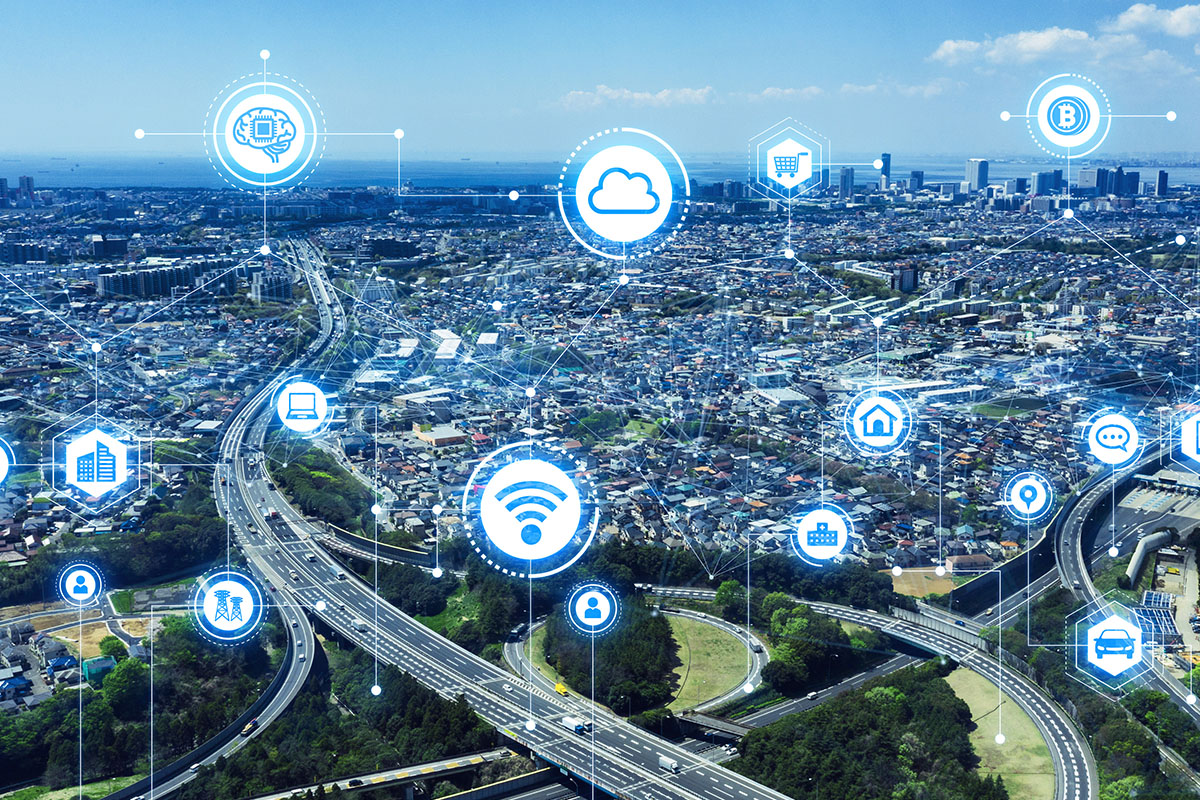In June, the Italian National Institute of Health (ISS) reported SARS-CoV-2 RNA detection in urban wastewaters collected between February and April 2020 in areas of high (Milan) and low (Rome) epidemic circulation, according to clinical data. The fact that wastewater retains this trace material was not new in itself since similar studies had already reported the detection of SARS-CoV-2 RNA in wastewater in The Netherlands, France, USA, and Australia. Later on, a retrospective study by ISS performed on sewage samples collected between October 2019 and February 2020, found that –SARS-CoV-2 was already circulating in northern Italy at the end of 2019 (mid December) – two months before Italy’s first confirmed case in February. This study demonstrated the potential of environmental surveillance as an early warning system able of alerting public health authorities to the presence of an outbreak in a specific population.
The case is an evidence of the potential of wastewater-based epidemiology (WBE) to serve as early warning and monitoring of trends of endemic diseases. As Susanna Murtas of the ISS explains: “This environmental surveillance for SARS-CoV-2 is based on the detection of viral RNA excreted by individuals affected by Covid-19 – regardless of whether or not they have symptoms – in wastewater samples that can be taken from different points of the sewer network of urban neighbourhoods, airports, places of residence and care or work environments.” As these virus traces are likely to be inactive, there is little danger that wastewater poses an infection risk. It does, however, provide valuable information on where and to what extent outbreaks are occurring at an early stage. “WBE allows you to better target urban areas where further clinical investigation should be done,” explains Francesco Fatone, professor of chemical environmental engineering at northern Italian university UNIVPM. “So you can identify hotspots in advance before the virus has spread too much. The next step for the research is to develop fast and reliable sensors to do this on a bigger scale.”

Both ISS and UNIVPM are partners in the EU Horizon 2020 digital-water.city (DWC) research project. A central objective of the DWC research is to support public health by leveraging digital technology in urban water infrastructures – at the ‘digital-health-water nexus’. “Information from water quality can support the protection and safeguarding of public health,” points out Mr Fatone, “and we believe there is scope to increase much further this link between water, health and digitalisation.” A major area of innovation is the use of connected sensors to measure key parameters in the water infrastructure: sensors can capture data on everything from the presence of faecal bacteria indicators to the risk of sewer overflow events, transmitting this information to central platforms to inform early warning systems. Combined with the latest developments in AI, machine learning and predictive analytics, data captured across the water network can also feed into forecast models and decision-support systems.
Working with partners in Milan, Berlin and Sofia, UNIVPM is coordinating the DWC work that uses these technologies to deliver public health benefits. These include possible solutions for monitoring the quality of urban bathing water – sensors for real-time in-situ measurement of bacteria and a machine-learning-based early warning system – as well as low-cost temperature sensors for real-time detection of combined sewer overflow events. In collaboration with ISS, UNIVPM is also developing a specific early warning system for the safe reuse of treated wastewater for agricultural irrigation in Peschiera Borromeo wastewater treatment plant, just outside Milan, linked to a Water Quality Integrated Platform (WQIP), a decision support tool. Fed with online data from sensors and meters installed in the plant, the platform will process this data using machine-learning to support quantitative and qualitative risk analysis for treated water destined for reuse in agricultural applications.
If it will be possible to realize the solution, it could offer significant public health benefits, as Ms Murtas explains: “An efficient rapid alert system in a wastewater treatment system guarantees the consistency of the treated wastewater – that is, that the treated wastewater maintains over time the quality requirements that make it suitable for reuse in compliance with European regulations.” If the system flags any biological, chemical, physical or radiological hazard, the wastewater is sent for unloading rather than for reuse. “This means that we could guarantee safe treated wastewater for agricultural use, as well as safe food products and the safety of operators in the sector and local residents,” she concludes.
While WBE is not directly a focus of the DWC project, technologies like these have the potential to support research on monitoring the evolution of epidemics such as COVID-19 – and to provide near-real-time early-warning information to health authorities about local infection hotspots. By highlighting possible emergence or re-emergence of the virus in a particular locality, this could help authorities to intervene with additional clinical measures to limit new outbreaks. With studies at ISS ongoing in this area, it seems certain that research at the digital-water-health nexus will play a vital role in improving public health in our cities over the years to come.
For the latest updates on DWC’s research, follow us on Twitter and LinkedIn.
